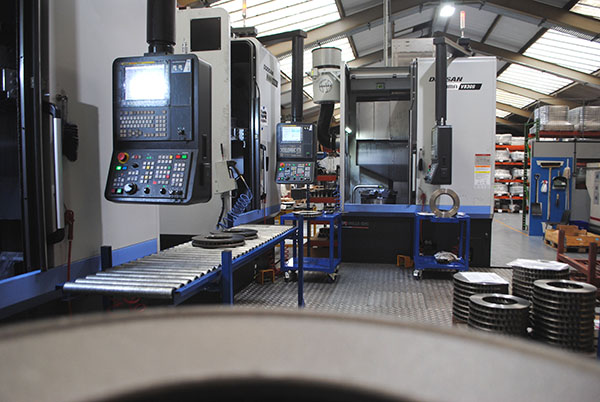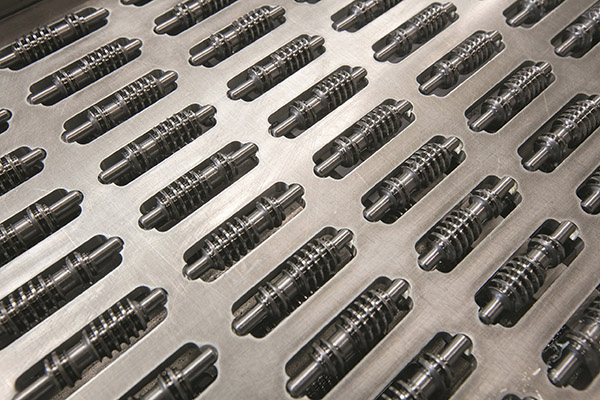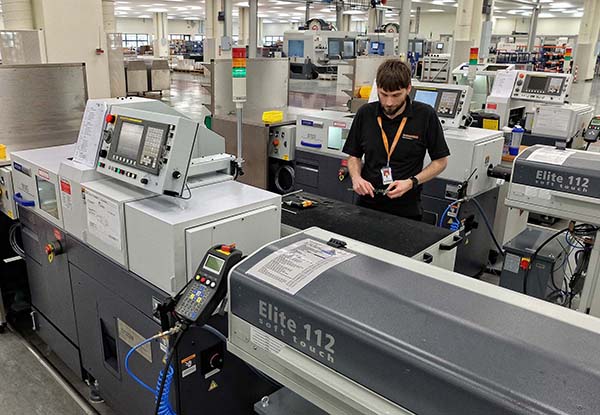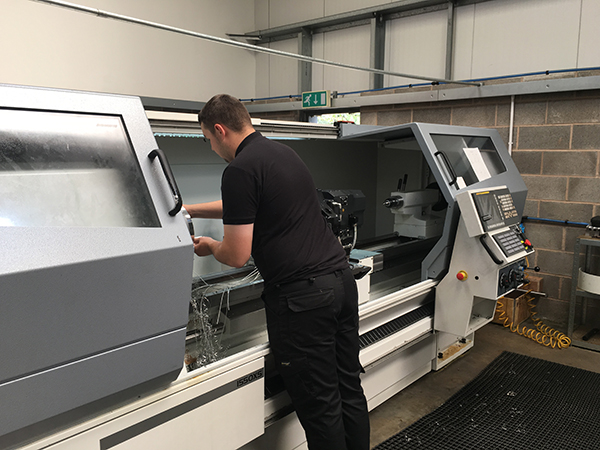Mills CNC, the exclusive distributor of Doosan machine tools in the UK and Ireland, has recently supplied brake and clutch system specialist Alcon Components with three new Doosan vertical turning lathes (VTLs).

The trio of Doosan V8300 VTLs were installed at Alcon’s Tamworth facility as part of a process improvement solution to manufacture the company’s range of high-performance brake discs.
Prior to the acquisition of the Doosan lathes, and the implementation of the new manufacturing process, Alcon machined its brake discs on three horizontal fixed-head lathes. These ‘legacy’ machines, while still performing satisfactorily, are relatively old having been purchased in 1983 when Alcon Components was first established. As a consequence, the machines are slow and increasingly prone to breakdown.
Explains Brian Cutler, Alcon Component’s production engineering manager: “Our business is growing and demand for our braking systems is at an all-time high. So it was clear that we needed to invest in and significantly upgrade our brake disc manufacturing cell.”
The new flexible manufacturing cell at Alcon comprises three new Doosan 15” chuck V8300 VTLs with Fanuc controls. Each is positioned in close proximity to the next, enabling rapid part transfer. A range of different sized brake discs is being produced. The discs are made from cast iron and machined to tight tolerances and high surface finishes. Alcon currently machines approximately 500 to 600 discs per week in the new cell. Brake disc diameters vary in size (from 200 to 405 mm) depending on the end application.
“The machining process using the three V8300 VTLs has enabled us to ramp up production and reduce part
cycle times by up to 40%,” concludes Cutler.
For further information www.millscnc.co.uk























